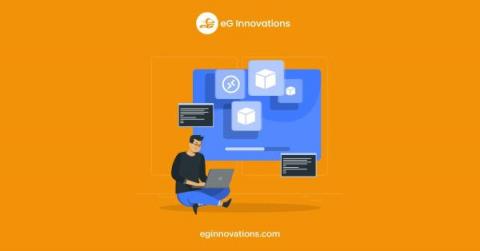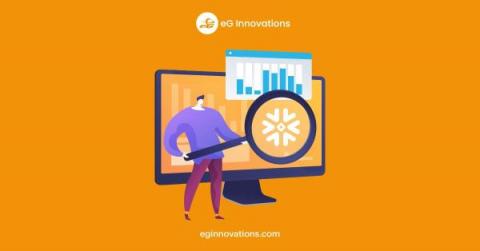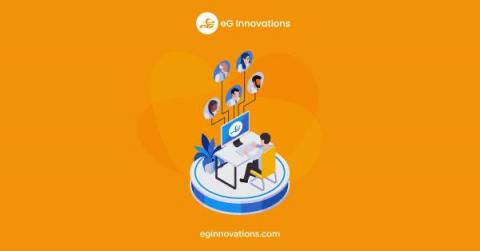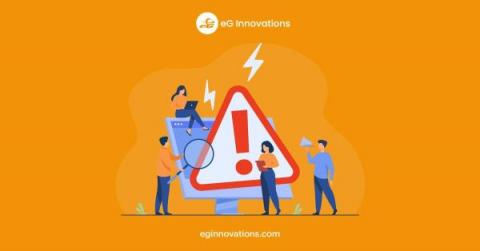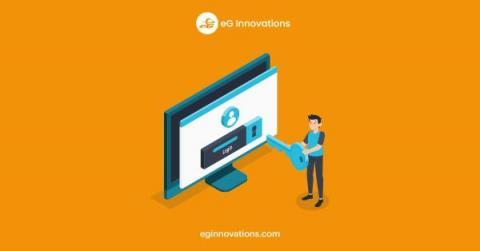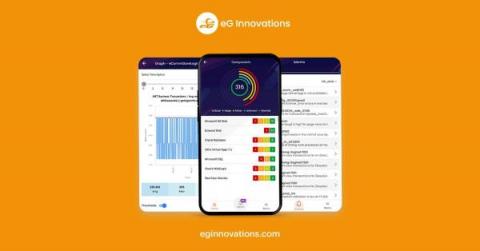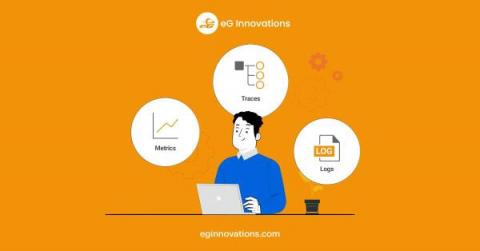RDP Shortpath monitoring in Azure
Since Microsoft announced the RDP Shortpath feature was going to be enabled by default on September 6, 2022 for all Azure Virtual Desktop (AVD) customers, monitoring and troubleshooting this feature has become important. RDP Shortpath feature improves the AVD connectivity by establishing a direct UDP protocol between the AVD session hosts and the Remote Desktop Client by reducing the dependency on gateways.


